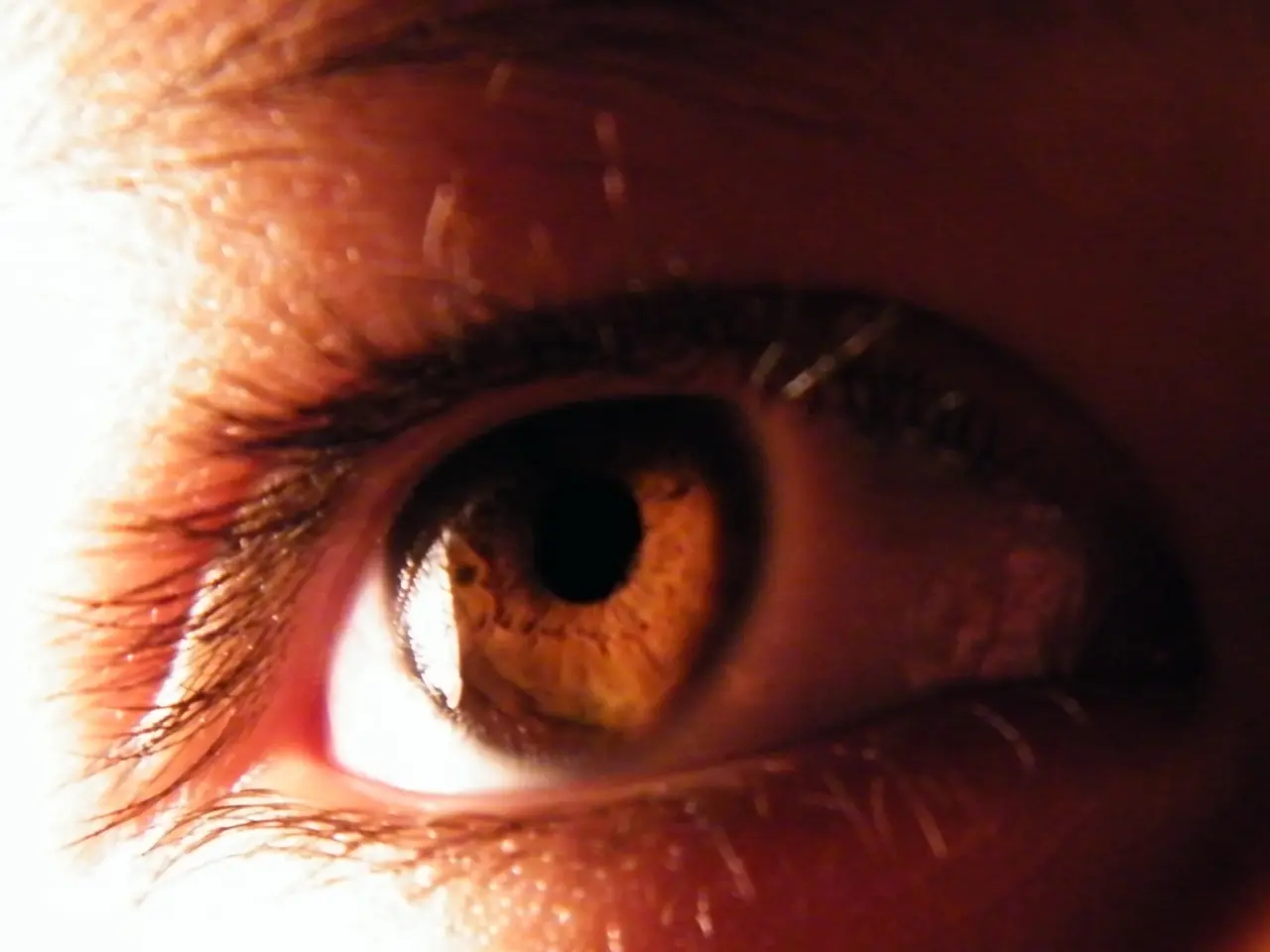Unusual Lusts: Defining, Classifying, and Examining
In the realm of human sexuality, two terms often surface in discussions about atypical desires – philia and paraphilia. While both terms refer to sexual preferences, they differ significantly in their nature and potential impact on individuals and society.
**Philia** is a term that signifies a strong affection or preference for something, often used in the context of liking or loving specific things, people, or activities. Philias can be entirely normal and are part of the diverse range of human interests and preferences. Examples include bibliophilia (love of books) or philately (love of stamp collecting).
On the other hand, **paraphilia** is a type of sexual preference or attraction that is considered unconventional or atypical. Paraphilias often involve unusual or non-traditional stimuli, such as objects, situations, or specific body parts that are not typically associated with sexual arousal. Examples include fetishism (such as shoe fetishism) or voyeurism (deriving sexual pleasure from watching others).
However, it's essential to understand that not all philias and paraphilias are problematic. While philias are generally about preferences and interests, they can become problematic if they interfere significantly with daily life or cause distress. For instance, if a person's love for books (bibliophilia) becomes an obsession that prevents them from engaging in other important activities, it might be considered problematic.
Paraphilias can become problematic if they cause significant distress or impairment in social, occupational, or other areas of functioning. Additionally, if a paraphilia involves non-consenting individuals or illegal activities, it is considered a paraphilic disorder and can be medically diagnosed and treated. For example, voyeurism becomes a problem if it involves observing non-consenting individuals, as it infringes on their privacy and autonomy.
It's important to note that while it may not always be possible to completely eliminate a paraphilia, individuals can learn to manage their desires and behaviors in a healthy and non-harmful manner with the right treatment and support. Therapy, including cognitive-behavioral therapy (CBT) and sex therapy, is often helpful in addressing problematic philias and paraphilias.
Examples of paraphilias include Necrophilia (a sexual attraction to dead bodies), Pedophilia (an attraction to children), Zoophilia (an attraction to animals), Frotteurism (rubbing against a non-consenting person to achieve sexual arousal), and Exhibitionism (the act of exposing one's genitals to an unsuspecting person).
In conclusion, while philias are generally about preferences and interests, paraphilias involve unconventional sexual attractions that can become problematic if they cause distress or harm to oneself or others, particularly if they involve non-consent or illegal activities. Understanding the difference between the two is crucial in supporting those who may need help managing their sexual desires. It's essential to remember that seeking help and support is a courageous step towards living a healthier, happier life.
Psychology, as a science, helps us understand that both philia and paraphilia are sexual preferences, but they differ significantly in nature and potential impact. Mental-health professionals may employ various therapies-and-treatments, such as cognitive-behavioral therapy and sex therapy, to assist individuals grappling with problematic philias or paraphilias. Health-and-wellness consequently hinges on managing these desires and behaviors in a healthy and non-harmful manner. For instance, an attraction to dead bodies (necrophilia), children (pedophilia), or animals (zoophilia) can be problematic due to their potential harm to others, necessitating professional intervention and support.




